#labil
Text
Einatmen
Tiiiiiiiief einatmen
Ausatmen
Tiiiiiiiiief ausatmen
Inne halten
Klopfen
Mich fokussieren
Abschütteln was nicht zu mir gehört
Jeden Tag auf's neue
Und doch fühlt sich auch jeder Tag auf's neue stressig, überfordernd, zu viel an
ALLES ist gerade zu viel
Wo ist die Struktur, die Klarheit, die Führung die ich brauche?
Wer hat den Plan und weiht mich ein, geleitet mich hindurch?
SO hatte ich mir das keinesfalls vorgestellt, mit meinem beruflichen Neuanfang.
SO hab ich das keinesfalls gewollt, bestellt, fokussiert.
Und dennoch ist es SO.
Gedankenchaos, innere Unruhe, CHAOS pur und für mich schwer bis gar nicht auszuhalten.
Das herunterfahren, zur Ruhe kommen, abschalten fällt schwer.
Wird es besser? Klarer? Strukturierter?
Was wird, wenn nicht?
Wie lange gebe ich allem Zeit, wo ist meine Grenze, bis wohin kann und will ich gehen?
10 notes
·
View notes
Text
maße an hilflosigkeit
der fehlenden hilfestellungen
hinstellungen, für mich jemand zu sein
einstellungen mich menschlich zu erkennen,
ist nicht zu beschreiben.
der stille hilferuf, ein ruf nach rausch,
dass ich unbedingt hilfe brauch,
wird weggeraucht, eingeraucht und
weggepustet.
klarer die signale nicht sein können,
die beeinflussen mein können
mein können
noch leben zu wollen
kläglich gescheitert ist.
doch in mir drin kleines licht,
es weht im wind
bis es den boden findet
und mich gleich mitnimmt
dort wos bestimmt schöner ist
schöner am leben zu sein,
jemand zu sein,
wo man mich vielleicht hört.
unerhört.
dem allen zu entgehen.
ich kann nicht mehr, ich will nicht mehr stehen, deshalb ich lasse mich gehen, obwohl nein, ich nicht kann gehen, es nicht schaffe aus dem bett aufzustehen, daher ich scheitere im leben.
#burnout#mental illness#mental health#rausch#drugs#drogen#gedicht#addiction#poem#sucht#possibly triggering#recovering addict#burnt out#mental#psyche#psychisch#labil#psychische gesundheit
0 notes
Text
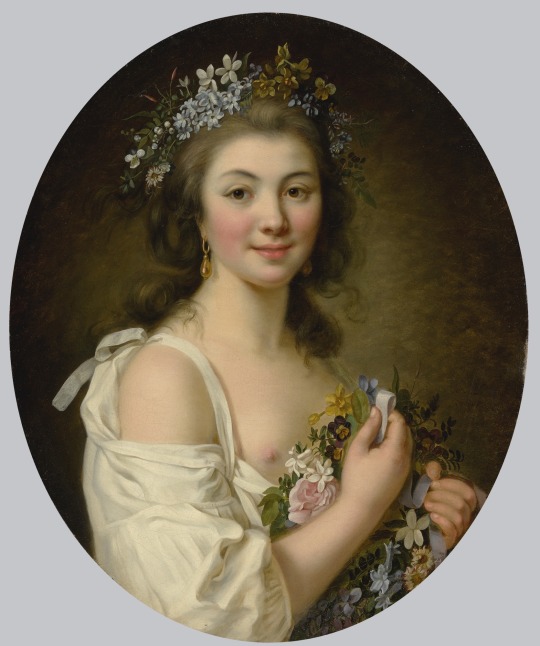
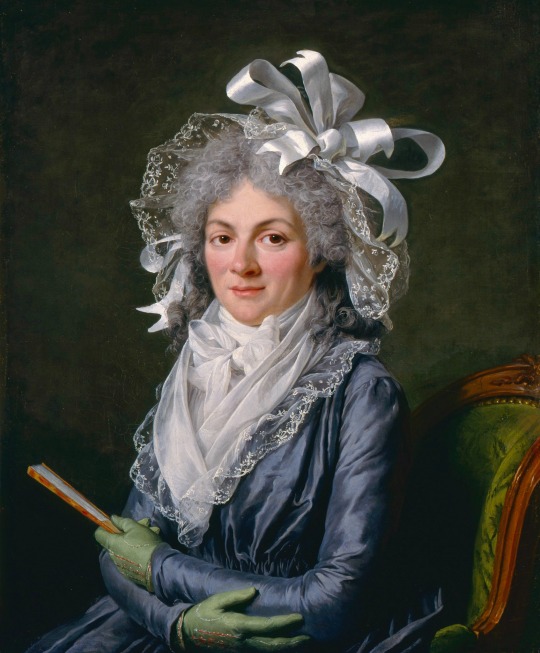
Stéphanie Félicité, Marquise de Sillery, Comtesse de Genlis (25 January 1746 — 31 December 1830)
Madame de Genlis was a French writer who maintained a long correspondence with Napoleon and was on the government’s payroll from 1801 to 1814. There is a lot of debate about the nature of the correspondence. Some contemporaries and historians believe she was Napoleon’s spy.
Lady Morgan asked Madame de Genlis about this:
“Buonaparte,” she said, “was extremely liberal to literary people — a pension of four thousand francs, per annum, was assigned to all authors and gens-de-lettres, whose circumstances admitted of their acceptance of such a gratuity. He gave me, however, six thousand, and a suite of apartments at the Arsenal. As I had never spoken to him, never had any intercourse with him whatever, I was struck with this liberality, and asked him what he expected I should do to merit it? When the question was put to Napoleon, he replied carelessly, ‘Let Madame de Genlis write me a letter once a month.’ As no subject was dictated, I chose literature, but I always abstained from politics.”
Source: France, Lady Morgan, published 1817, p. 360
An outline of her life and career can be read in Destins de Femmes, French Women Writers, 1750-1850 by John Claiborne Isbell, (published 2023).
#Madame de Genlis#Genlis#lady Morgan#Napoleon#napoleon bonaparte#napoleonic era#women writers#first french empire#french empire#women’s history#art#French art#lemoine#Adélaïde Labille-Guiard#Marie-Victoire Lemoine#female writers#1800s#history
45 notes
·
View notes
Text

Adélaïde Labille-Guiard
#adelaide labille guiard#art#artwork#fine art#fineart#painting#art history#history of art#women in art
47 notes
·
View notes
Text




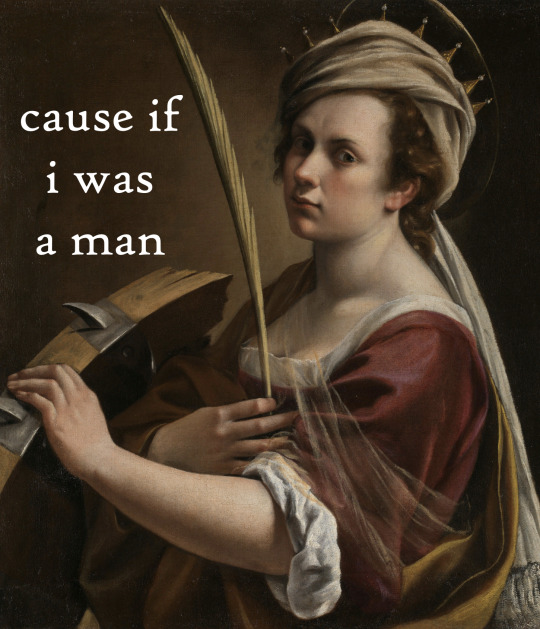
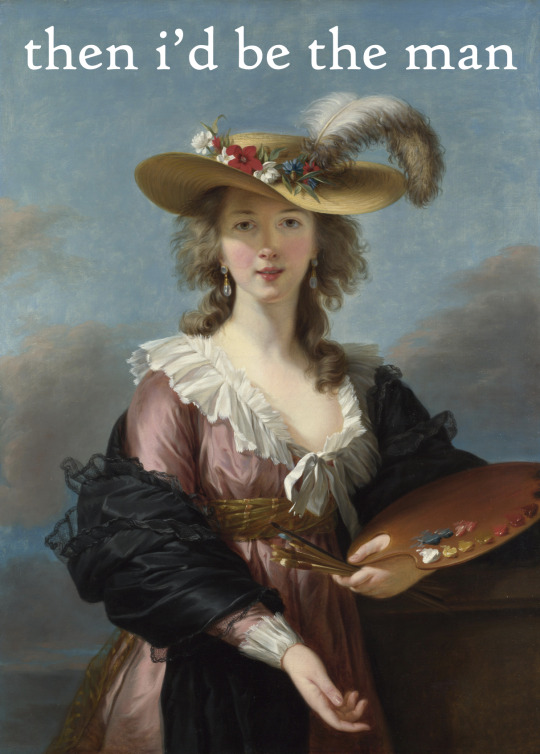
Self Portrait at an Easel - Sofonisba Anguissola // Self Portrait - Mary Cassatt // Self Portrait with Two Pupils - Adélaïde Labille-Guiard // Self Portrait - Gwen John // Self Portrait as Saint Catherine of Alexandria - Artemisia Gentileschi // Self Portrait in a Straw Hat - Elisabeth Louise Vigée Le Brun // The Man - Taylor Swift
#happy international women's day!#international women's day#female artists#self portrait#sofonisba anguissola#mary cassatt#adelaide labille guiard#gwen john#artemisia gentileschi#elisabeth louise vigee le brun#my beloveds#the man#lover#lover album#taylor swift#lover taylor swift#art#art history#lyrics#lyric art
282 notes
·
View notes
Text

Six fanarts challenge!
It was quite fun to do, might do more in the future!
#art#my art#french revolution#frev#antoine saint just#maximilien robespierre#camille desmoulins#jean lannes#adelaide labille-guiard#eleonore duplay#napoleonic era#empire era#six fanarts
153 notes
·
View notes
Text
women painted by women ❤️



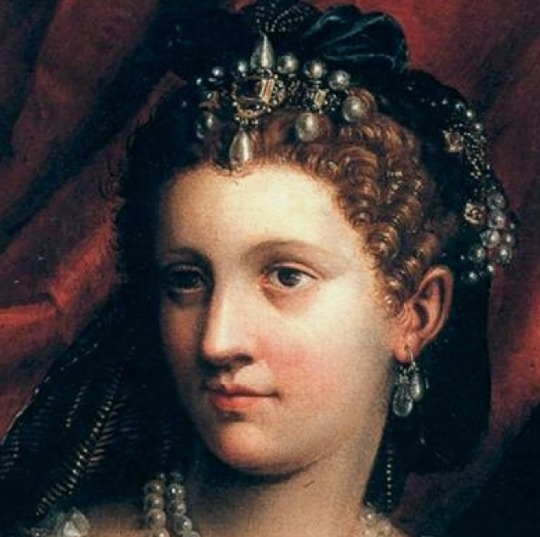

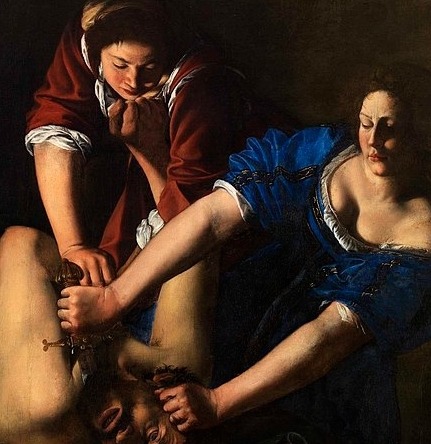
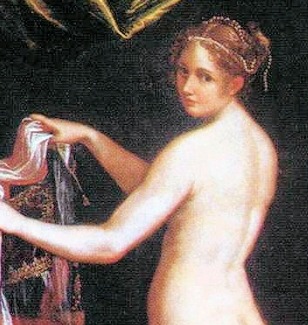
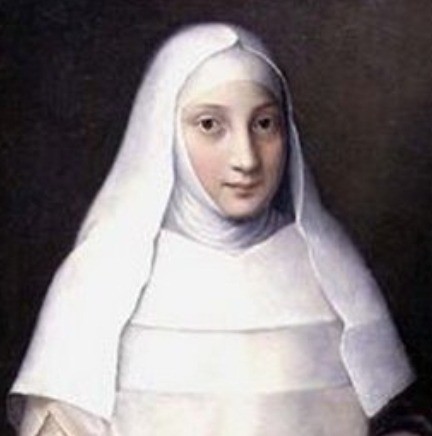
#ora parlo io 🥶#women artists#herstory#women's history#Adelaide Labille-Guiard#élisabeth louise vigée le brun#elisabeth vigee le brun#Mary beale#Fede Galizia#Marietta Robusti#barbara longhi#artemisia gentileschi#lavinia fontana#sofonisba anguissola
25 notes
·
View notes
Text

Adélaïde Labille-Guiard, Self-Portrait at the Easel with Two Students, Marie Gabrielle Capet and Marie Marguerite Carreaux de Rosemond, 1785, oil/canvas (Metropolitan Museum of Art, NYC)
80 notes
·
View notes
Text
Emotional Lability Pride Flag

Emotional lability: a sign or symptom typified by exaggerated changes in mood or affect in quick succession.
#emotional lability#affective lability#labilities#labile#affect#mood changes#symptoms#signs#sign#symptom#ap#mad pride#neurodivergent#neurod#neurodiversity#psychological#psychology terms#flags
41 notes
·
View notes
Text
everybody wants me for my thoughtful analysis & thorough communication of my feelings
21 notes
·
View notes
Photo
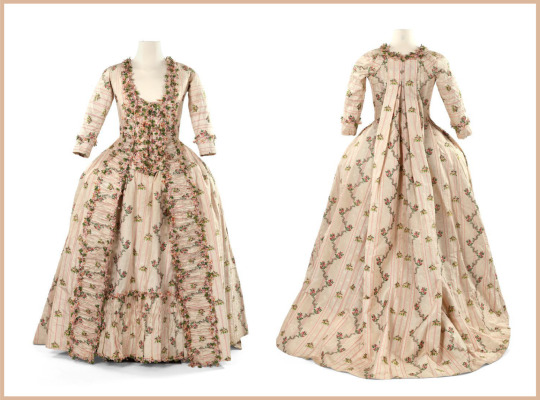

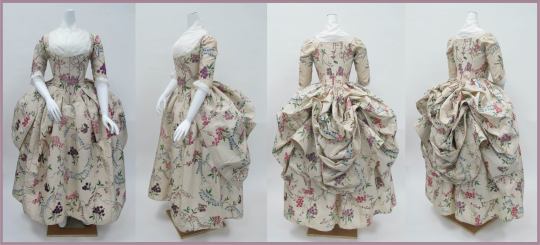

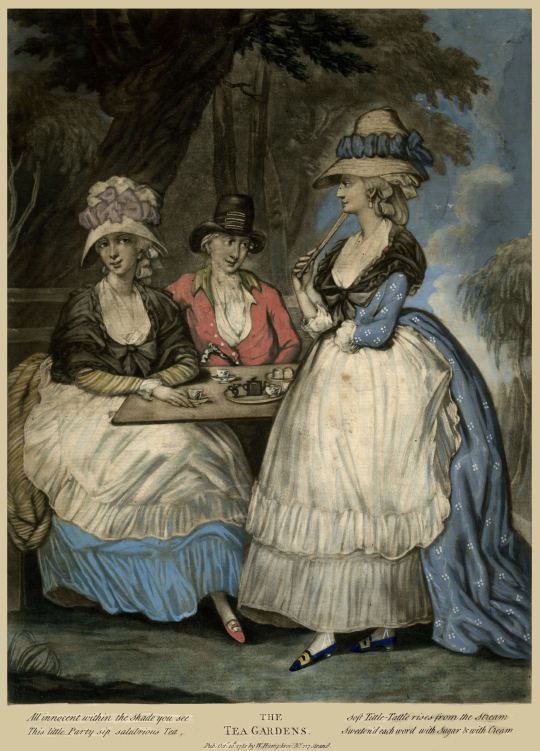




Some more 1780s big hair fashion -
Top left ca. 1780 Robe à la française (location ?). From fripperiesandfobs.tumblr.com-page/2 1548X1146.
Top right ca. 1780 Robe à l'anglaise (Museo de la Moda - Santiago, Chile). From 18thcenturylove.tumblr.com-tagged-robe+a+l'anglaise-page-2 1678X1250.
Second row ca. 1780 Four views of robe à la Polonaise (Metropolitan Museum of Art - New York City, New York, USA). From their Web site 2893X1315.
Third row ca. 1780 Robe à la Polonaise (Metropolitan Museum of Art - New York City, New York, USA). From their Web site 900X1200.
Fourth row 1781 The Tea Garden by ? (British Museum - London, UK). From their Web site 3968X5518.
Fifth row 1781 (probable exh' date) Adélaïde Genet, Madame Auguié (1758-1794), sister of Mme. Campan by Anne Vallayer-Coster (Sotheby's - 8Jul09 auction Lot 41). From their Web site; fixed spots w Pshop 3428X4290.
Sixth row 1781 Ernestine Fredérique, Princess de Croy by Élisabeth-Louise Vigée-Lebrun (Nationalmuseum - Stockholm, Sweden). From Wikimedia 1067X1349.
Seventh row 1783 Madame Charles Mitoire, née Christine-Geneviève Bron (1760-1842), avec ses enfants by Adélaïde Labille-Guiard (Getty Museum - Los Angeles, California, USA). From their Web site; fixed spots & edges w Pshop 2332X2965
Eighth row ca. 1785 Princesse de Lamballe by French school (location ?). From servimg.com-view-18669219-6356 812X973.
#1780s fashion#Louis XVI fashion#Georgian fashion#Rococo fashion#robe à la française#robe à l'anglaise#robe à la polonaise#hat#hat ribbons#apron#over-skirt#Adélaïde Genet#Anne Vallayer-Coster#Princess de Croy#Adélaïde Labille-Guiard#nursing dress#Élisabeth-Louise Vigée-Lebrun#princess de Lamballe#bouffant coiffure#fichu#zone bodice
57 notes
·
View notes
Text
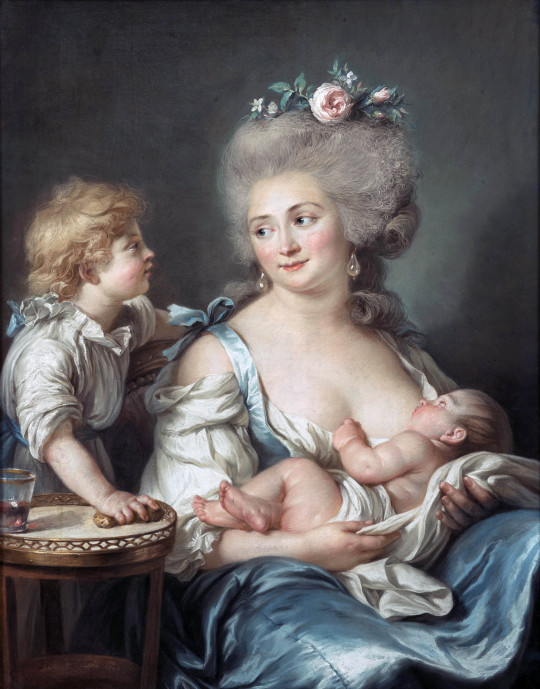
Madame Charles Mitoire with Her Children by Adelaide Labille-Guiard, 1783.
Context: portrait of Christine-Genevieve Bron with her sons Alexandre-Laurent Mitoire and Charles-Benoit Mitoire.
#classic art#drawing#adelaide labille guiard#french artist#18th century#portrait#family portrait#black background#mother and child#baby#breastfeeding
61 notes
·
View notes
Text

Oil Painting, 1790, French.
By Adélaïde Labille-Guiard.
Portraying the Duchess d’Aiguillon in a pale blue dress.
Sotheby’s.
https://www.sothebys.com/en/auctions/ecatalogue/2018/tableaux-omp-19me-sculpture-pf1809/lot.67.html
#1790s painting#Adélaïde Labille-Guiard#duchesse d’aguillon#1790s france#1790s hair#constitutional monarchy#sotheby’s
34 notes
·
View notes
Photo

Adélaïde Labille-Guiard, Self-portrait with Two Pupils detail, 1785
#adélaïde
labille-guiard#adélaïde labille guiard#labille guiard#labille-guiard#painting#art#18th century art#history of fashion#art details#painting details
164 notes
·
View notes
Text

Adélaïde Labille-Guiard
#adelaide labille guiard#art#artwork#fine art#fineart#painting#art history#history of art#women in art
20 notes
·
View notes
Text

Adélaïde Labille-Guiard (1749-1803)
"Portrait of Madame Charles Mitoire with Her Children" (1783)
Pastel, on three sheets of blue paper, mounted on canvas
Neoclassical
Located in the Getty Museum, Los Angeles, California, United States
This is no ordinary portrait of an eighteenth-century lady, for Madame Mitoire here bears a breast to nurse her infant son Charles-Benoît. Though its composition echoes traditional representations of the Holy Virgin and Child with Saint John the Baptist, this portrait also signals the modernity of its subject and her approach to motherhood. Published in 1762, Jean-Jacques Rousseau’s celebrated Enlightenment treatise on education and child-rearing, "Émile," implored women of all classes to cultivate more intimate bonds with their children and, above all, to breast-feed them personally, rather than retaining the services of a wet nurse, as most wealthy families did at the time. A vogue for breast-feeding swept Europe, and genteel women retreated from public life, into the domestic sphere to fulfill what Rousseau called “their first duty." Depicting a nursing mother, the portrait may also allude to Rousseau’s recommendations in its presentation of the infant, unencumbered by swaddling clothes (of which Rousseau strongly disapproved), and perhaps also in its inclusion of a glass of wine on the table at left (Rousseau’s tract draws a contrast between milk, “our first nourishment,” and wine, an acquired taste).
#drawing#art#artwork#genre painting#family portrait#adélaïde labille guiard#adelaide labille guiard#pastel#pastel drawing#drawings#fine art#neoclassical#neoclassicism#french artist#woman artist#women artists#female artists#mother and baby#child#children#motherhood#history#parenting#clothing#clothes#blue dress#dresses#1780s#late 1700s#late 18th century
96 notes
·
View notes